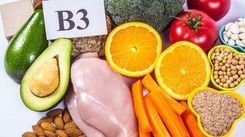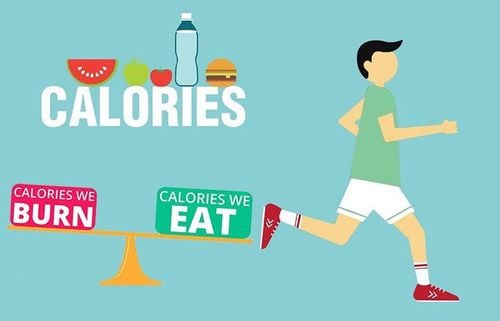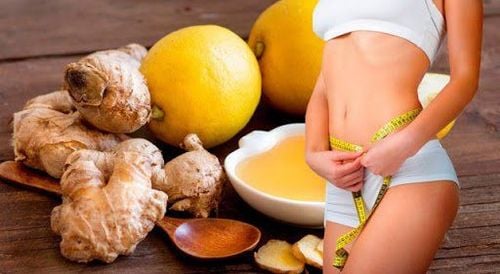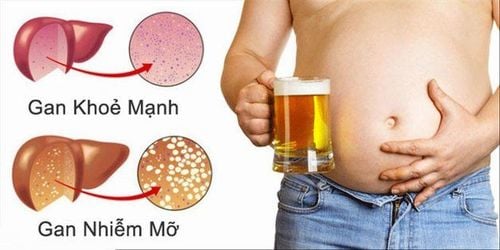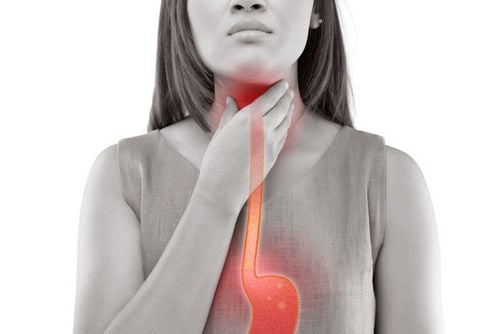A 2,000 calorie diet is considered standard because it meets the nutritional needs of most people. However, depending on your activity level, body size, and weight goals, you may need more calories. Here is a 3,000 calorie diet with foods to eat and foods to avoid.
1. Who should follow a 3,000-calorie-a-day diet?
A person's daily calorie needs are based on several factors, including:
- Gender. Women typically burn 5%–10% fewer calories at rest than men of the same height.
- Age. The number of calories burned at rest decreases with age.
- Height. Taller people need more calories to maintain their weight.
- Activity. Exercise and other activities such as housework increase calorie needs.
Daily calorie needs range from 1,600–2,400 calories per day for adult women and 2,000–3,000 calories per day for adult men, with the low end of the range for sedentary people and the high end for active people.
These calorie intake estimates are based on equations using average heights and weights for adult women and men. A woman with a reference height of 163 cm and a weight of 57.3 kg, while a man is 178 cm and a weight of 70 kg.
Depending on body size and activity level, the body may need 3,000 calories or more per day to maintain body weight.
Although athletes often have higher calorie needs than the general population, people with physically demanding jobs, such as farm laborers and construction workers, may also need a high amount of calories to maintain weight.
Conversely, if you do moderate exercise a few days a week with little activity in between, you probably don't need many calories, because exercise burns fewer calories than most people think.

2. How to Calculate Calories on a 3,000-Calorie Diet
Calories in your diet come from three macronutrients: carbs, fat, and protein. Calorie counts in foods are as follows: Protein and carbs provide four calories per gram, and nine calories come from each gram of fat. Once you know exactly how many grams of protein, carbs, and fat are in any given food, simply multiply the grams by the corresponding number of calories for each.
The recommended dietary allowances (AMDRs) for the general population are as follows:
- 45-65% of calories should come from carbs
- 20-35% of calories should come from fat
- 10-35% of calories should come from protein
The table below applies these percentages to a 3,000-calorie diet:
When combined with resistance training and higher protein intake, AMDR has been shown to reduce body fat by increasing muscle mass. Resistance training may promote muscle gain rather than fat gain on a high-calorie diet.
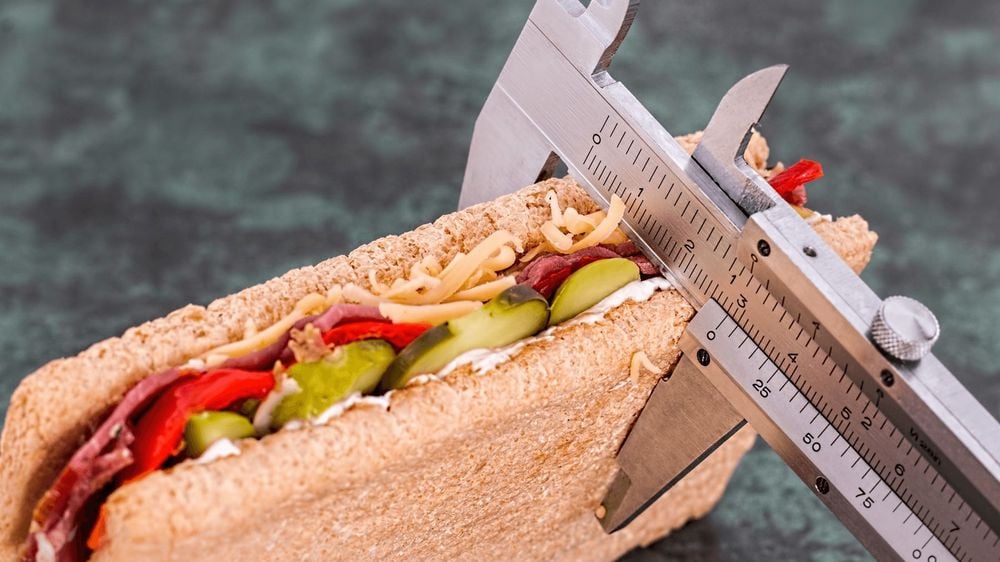
3. Foods to Eat and Foods to Avoid
Consume 3,000 calories a day from whole, unprocessed or minimally processed foods. Ideally, these should come from sources like fruits, vegetables, whole grains, healthy fats, and lean proteins.
This is because these foods are packed with nutrients but relatively low in calories, so you can eat much larger amounts of food.
In contrast, it is relatively easy to consume 3,000 calories from highly processed refined foods like bacon, chips, candy, cookies, sweetened cereals, and sugary drinks, because these foods are delicious and high in calories. However, these fast foods lack important nutrients for good health.
Experts recommend that you stick to nutritious whole foods such as:
- Animal proteins: salmon, chicken, turkey, bison, eggs, and lean beef, such as flank steak or sirloin
- Plant proteins: tofu, peas, and green beans
- Grains: oats, rice, bread, pasta, and quinoa
- Dairy: milk, cheese, kefir, and Greek yogurt.
- Fat and oil: almonds, walnuts, flaxseed, olive oil, and peanut oil or almond butter
- Fruits: avocados, berries, apples, bananas, pears, oranges, grapes, etc.
- Vegetables: squash, sweet potatoes, peas, kale, peppers, zucchini, broccoli, tomatoes, cauliflower, etc.
Additionally, protein powders, including whey, casein, and plant-based powders such as rice, soy, or pea, can be added to smoothies for a nutrient-dense, calorie-dense snack.

Finally, mass gainer supplements that typically provide 1,000 calories per serving are a convenient option, but it's best to meet your calorie and nutrient needs through diet. Processed, nutrient-poor foods that should be avoided or limited on a 3,000-calorie diet include:
- Fried foods: French fries, onion rings, donuts, cheese sticks, etc.
- Fast foods: tacos, burgers, pizza, hot dogs, etc.
- Sugar-sweetened foods and drinks: soda, candy, sports drinks, sweetened baked goods, sweet tea, ice cream, sweetened coffee, etc.
- Refined carbs: cookies, chips, sugary cereals, etc.



